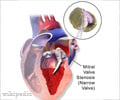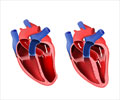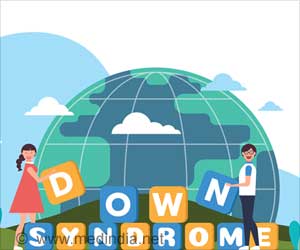The risk of death or need for immediate listing for heart transplantation was greatest for those who developed hypertrophic cardiomyopathy (HCM).
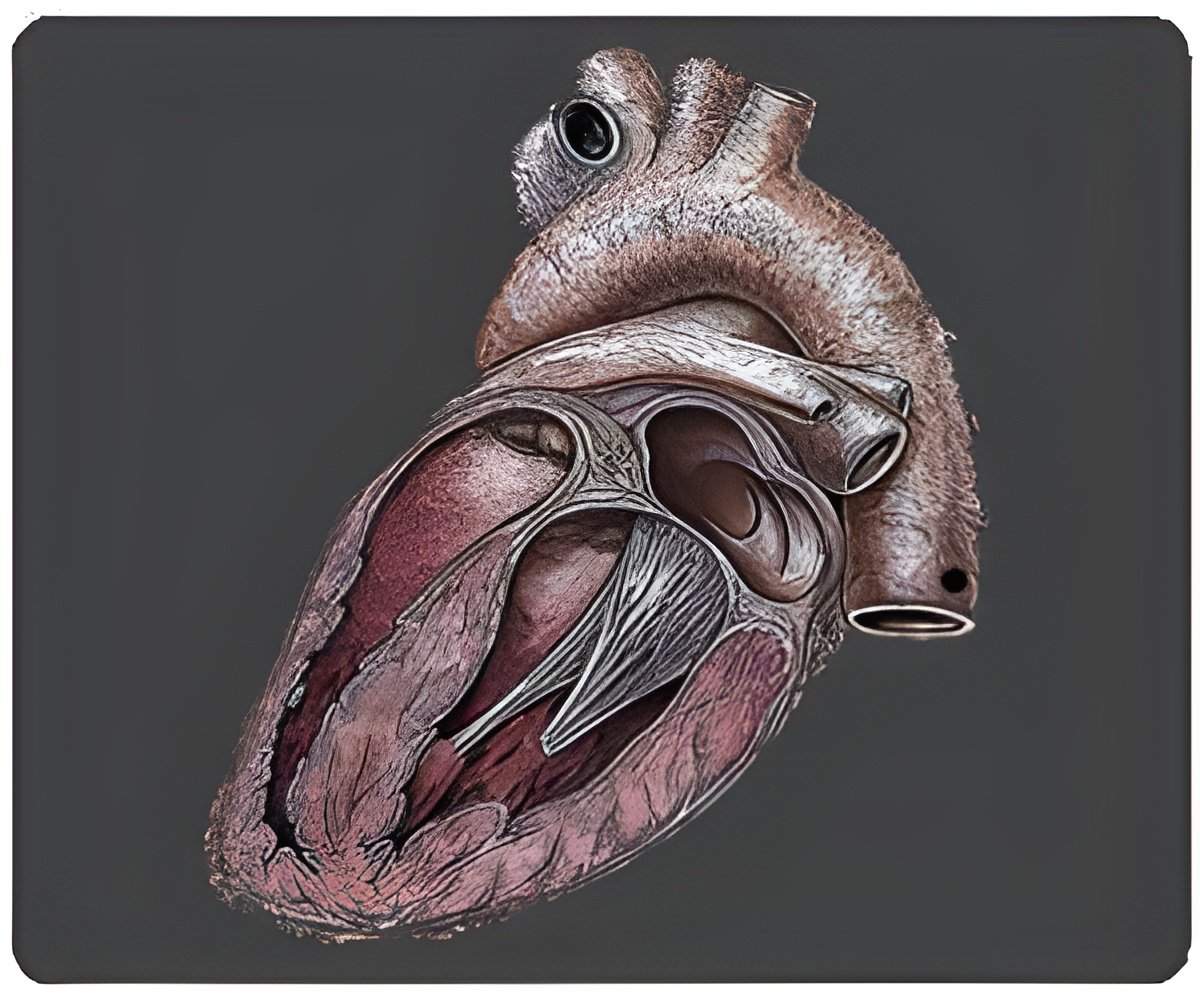
Hypertrophic cardiomyopathy, a type of pediatric cardiomyopathy (diseases of the heart muscle) with varied causes and outcomes, is characterized by increased thickness (hypertrophy) of the heart wall.
HCM is rare, with fewer than one out of 100,000 children (ages birth to 18 years old) diagnosed annually in the United States. The condition is more frequently diagnosed in infants (under the age of one year), with 2 to 3 out of every 100,000 identified each year.
Researchers from the University of Miami Miller School of Medicine, along with colleagues from other institutions, sought to better understand how risk factors at the time of HCM diagnosis are predictors of death or the need to be added to a heart transplantation waiting list. They spent 19 years amassing data on more than 1,000 affected children at 98 pediatric cardiology centers in the U.S. and Canada through the NHLBI-funded Pediatric Cardiomyopathy Registry.
Researchers found that children with HCM caused by inborn errors of metabolism had the lowest rate of transplant-free survival within two years after diagnosis (43 percent). At two years after diagnosis, the rate of transplant-free survival was 55 percent for children with a mixed version of the disease that included thickening of the heart walls and enlargement and weakening of the heart and 62 percent for those with a restrictive form of the disease characterized by both a thickening and hardening of the heart walls. Children diagnosed after age one year with hypertrophic cardiomyopathy of unknown cause had the most favorable outcome, a 97 percent rate of transplant-free survival.
Infants and children who had two or more of the following risk factors at HCM diagnosis (depending on the cause of HCM) — lower weight or body size, female gender, diagnosis during infancy, congestive heart failure, and abnormal heart function — had an increased risk of poor outcomes (death or need for immediate heart transplantation).
Source-Eurekalert
 MEDINDIA
MEDINDIA
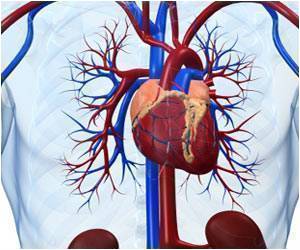



 Email
Email


